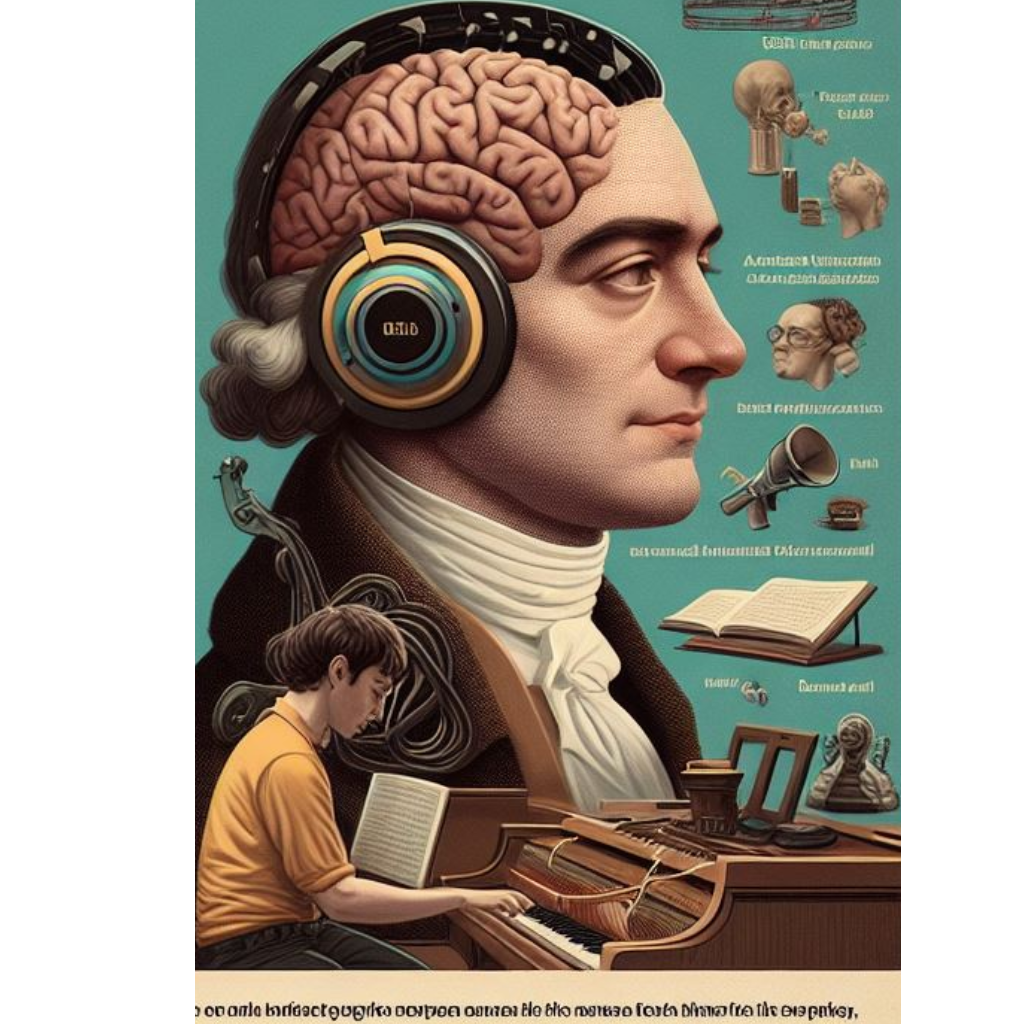
| English | Chinese | Pinyin |
|---|---|---|
| Person A: Do you know what pancreatitis is? | Person A: 你知道什么是胰腺炎吗? | Person A: Nǐ zhīdào shénme shì yíxiàn yán ma? |
| Person B: I’ve heard about it, but I’m not very familiar. | Person B: 我听说过,但不太了解。 | Person B: Wǒ tīng shuōguò, dàn bù tài liǎojiě. |
| Person A: Pancreatitis is inflammation of the pancreas, which can be caused by high levels of triglycerides. | Person A: 胰腺炎是胰腺发炎,可能由高水平的甘油三酯引起。 | Person A: Yíxiàn yán shì yíxiàn fāyán, kěnéng yóu gāo shuǐpíng de gānyóu sāngzhī yǐnqǐ. |
| Person B: What are triglycerides? | Person B: 那什么是甘油三酯呢? | Person B: Nà shénme shì gānyóu sāngzhī ne? |
| Person A: Triglycerides are a type of fat, and the pancreas breaks them down by secreting lipase. | Person A: 甘油三酯是脂肪的一种,胰腺通过分泌脂肪酶来分解它们。 | Person A: Gānyóu sāngzhī shì zhīfáng de yīzhǒng, yíxiàn tōngguò fēnmì zhīfáng méi lái fēnjiě tāmen. |
| Person B: Is lipase used to break down fats? | Person B: 脂肪酶是用来分解脂肪的吗? | Person B: Zhīfáng méi shì yòng lái fēnjiě zhīfáng de ma? |
| Person A: Yes, and protease is used to break down proteins. | Person A: 是的,还有蛋白酶用来分解蛋白质。 | Person A: Shì de, hái yǒu dànbái méi yòng lái fēnjiě dànbáizhì. |
| Person B: What symptoms occur if the pancreas doesn’t function well? | Person B: 如果胰腺功能不好,会有什么症状? | Person B: Rúguǒ yíxiàn gōngnéng bù hǎo, huì yǒu shénme zhèngzhuàng? |
| Person A: You might experience steatorrhea, also known as “fat stool,” and diarrhea. | Person A: 会出现脂肪泻,也就是“脂肪便”,以及腹泻。 | Person A: Huì chūxiàn zhīfáng xiè, yě jiùshì “zhīfáng biàn,” yǐjí fùxiè. |
| Person B: How can we determine if it’s a pancreatic issue? | Person B: 那怎么确定是胰腺的问题呢? | Person B: Nà zěnme quèdìng shì yíxiàn de wèntí ne? |
| Person A: A blood test can be done to check glucose levels and markers for the pancreas. | Person A: 可以通过血液测试来检测葡萄糖水平和胰腺的标志物。 | Person A: Kěyǐ tōngguò xuèyè cèshì lái jiǎncè pútáotáng shuǐpíng hé yíxiàn de biāozhì wù. |


























